A mix of things today. The day started with a glimpse of weird Victoriana. We drove a short way to the east of Mount Gambier to the Umpherston sinkhole. This is, as the name suggests, a limestone sinkhole. The cave that was originally formed by the limestone dissolving eventually became so unstable that the roof collapsed, forming the sinkhole. Some of the sinkholes around Mount Gambier have become a mecca for cave diving, but this one was made into a garden in Victorian times by James Umpherston. The family originally had a lake at the bottom of the sinkhole and kept a boat there, but it is now a terraced garden with ferns, hanging vines, hydrangeas and a range of other plants. Walking down the steps into it is quite a surreal experience and photos can’t even start to do it justice.
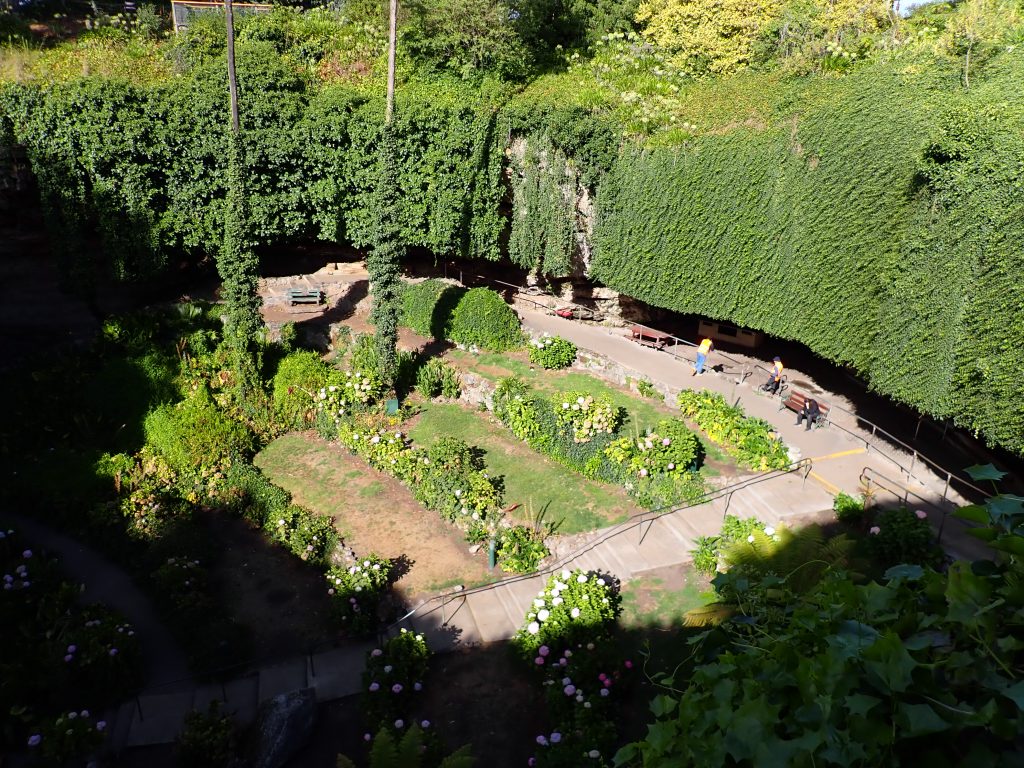
From there we drove about 15 minutes south to Mount Schank. This stands out from miles around and was named by John Grant – the captain of the Lady Nelson. She was on a mapping mission around the south of Australia as it had just been discovered that there was a strait between New South Wales and Van Diemens Land (Tasmania). His ship was the first to sail from west to east through the Bass Strait as they mapped the southern Australian coastline. Mount Schank was named after a friend of Grant’s – Admiral John Shanck – the designer of the Lady Nelson.
There is a nice walking trail up to the crater of Mount Shanck which is a 100 metre dormant volcanic crater. Once at the top, you can then carry right on around the crater. The volcano erupted around 5,000 years ago making it one of the youngest volcanoes in South Australia. It is apparently a fairly shallow ash cone and the base of the crater doesn’t extend below the water table, so unlike many other volcanic cones around Mount Gambier, there is no lake.
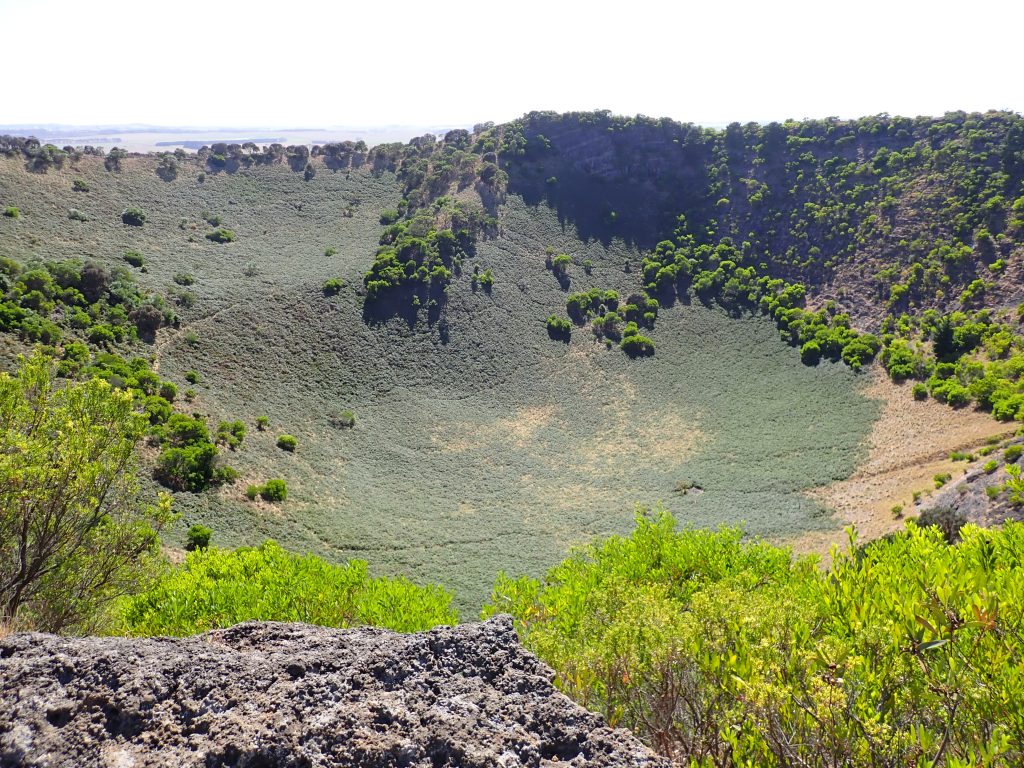
At the end of the walk we figured we deserved a cup of coffee and a snack, but since there was no café for miles around, we instead headed to our next stop – Portland. This meant remembering to put all our clocks and watches forward half an hour as, once we crossed the border to Victoria, we moved to eastern standard time!
The first port of call, as usual, was to the tourist information on the front by the marina and we were helped by a very enthusiastic person so we left not only with a fistful of leaflets, but also a map covered in highlighting. One of the leaflets was a historic walk around town, so off we headed (after finding a very nice café for lunch!). The town is a major port for the South Australian logging industry and has something of a commercial feel about it, but nevertheless the historic buildings around the centre lend it a sense of its history. Portland was also named by James Grant (who named Mount Shanck) in honour of the Duke of Portland and is the only deep-water port between Adelaide and Melbourne. The shelter offered by Portland Bay was also discovered by whalers and sealers who worked the treacherous waters of the Bass Strait. Portland was somewhere they could run to in the event things got too bad in the Bass Strait.
The first part of the town walk took us past a whole series of historic buildings – post office, customs house and so on and then through to the botanic garden where the dahlias were spectacular.
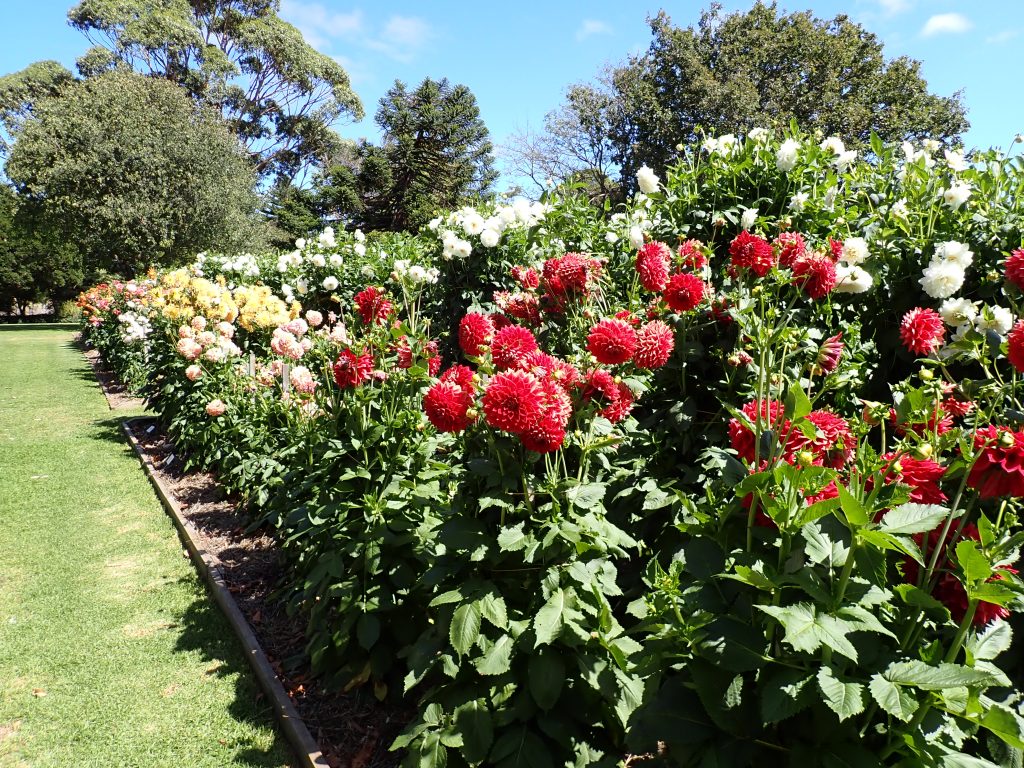
The next part of the walk took us around a lagoon, named after one of the early harbourmasters, and the guide had said to look out for koalas. We never thought we would see any, but, almost as soon as we got to the right place we started spotting them in the trees. In total we saw around 5 or 6 koalas and though they were determinedly staying as far away from photographic range as possible, we did get a few reasonable photos of them. At least their lethargic lifestyle means that there no issue with the photos being blurred …. The one below though did look like he was posing for his Instagram moment!

After finding our space at the caravan park we headed out once more. Another of the highlighted scribbles on our map was for the Point Danger (I wonder why it was named that!) gannet colony and we were told that a guide would be there at 5.30pm each day. Sure enough there was a very knowledgeable and enthusiastic guide appeared bang on 5.30pm and took us down to close to the colony. This is the only mainland colony of Australasian gannets and they have had to protect it from foxes and other predators with an electric fence. The numbers were a little down at this time of year as many have fledged but there were apparently still around 600 birds. It looked, sounded and smelt like a lot more. There is a much bigger colony on Lawrence Rocks just offshore though this colony was nearly driven to extinction by guano collectors in the last century until they were also protected.
Watching the gannets was fascinating- they are the most elegant birds imaginable when in flight, but this feeling is shattered when they try to land. They don’t so much land as plummet. Despite this, when they do land they are enthusiastically received by their mate (they apparently mate for life) with an elegant dance as they entwine necks together.
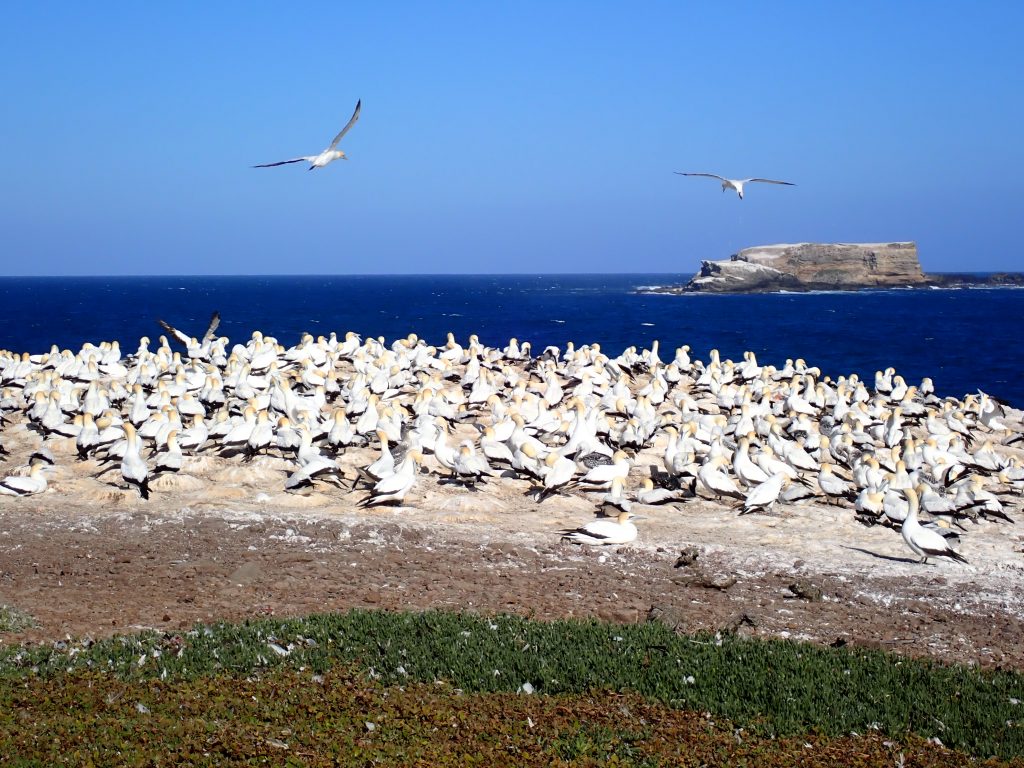
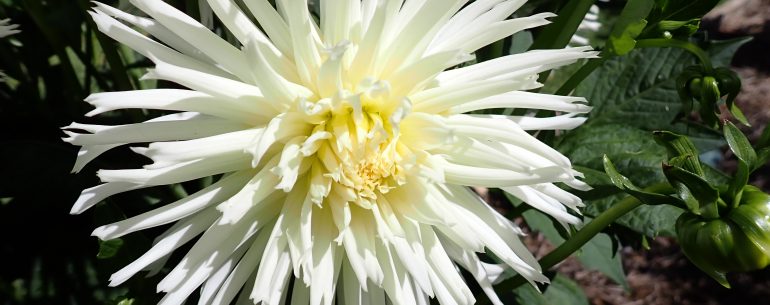
“once we crossed the border to Victoria, we moved to eastern standard time!”
Correction (If I may): Australian Eastern Daylight Time (AEDT)! Wait til you cross the Queensland border.
Sensational dahlias.